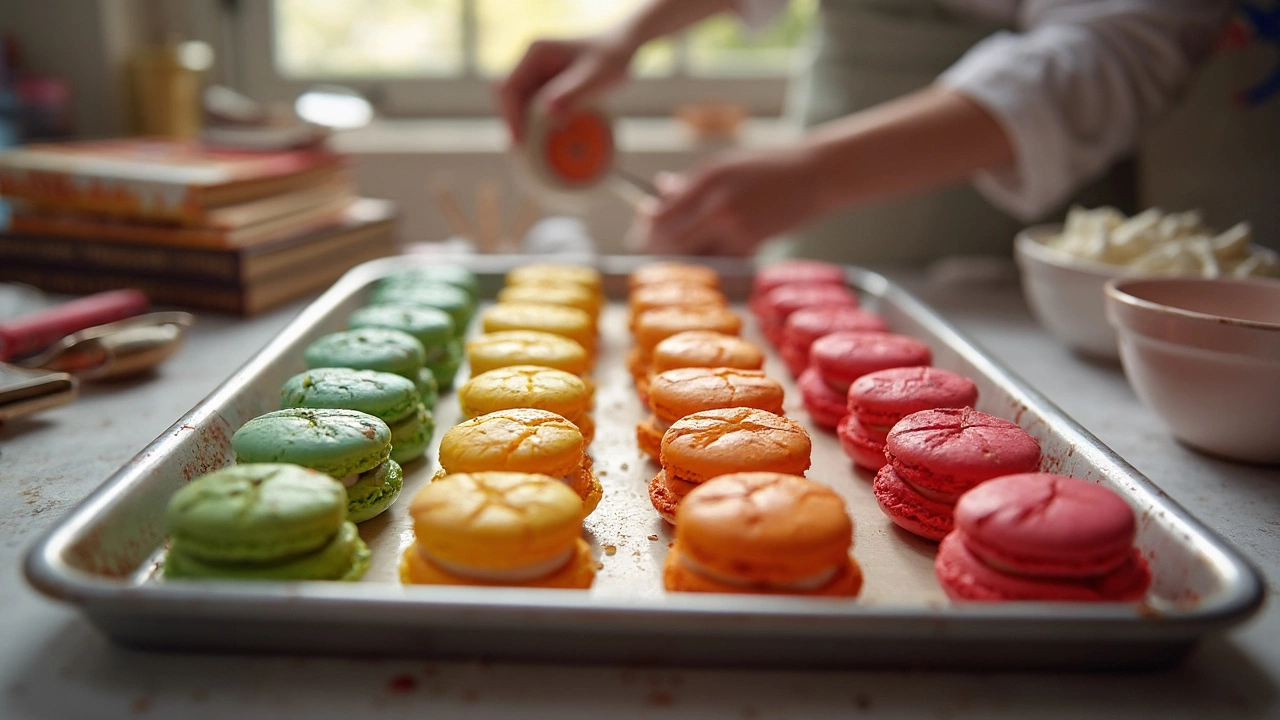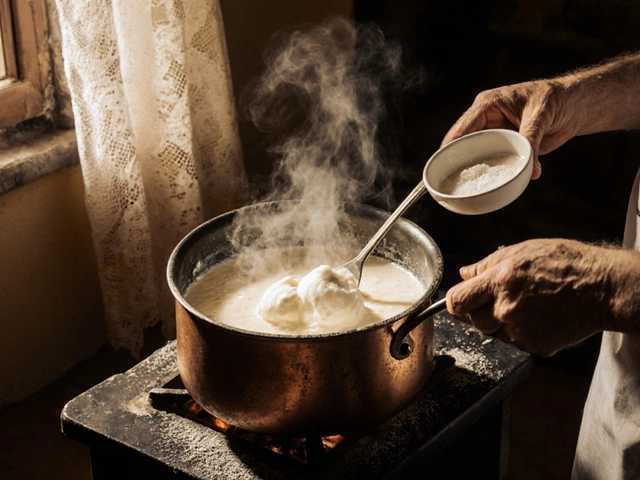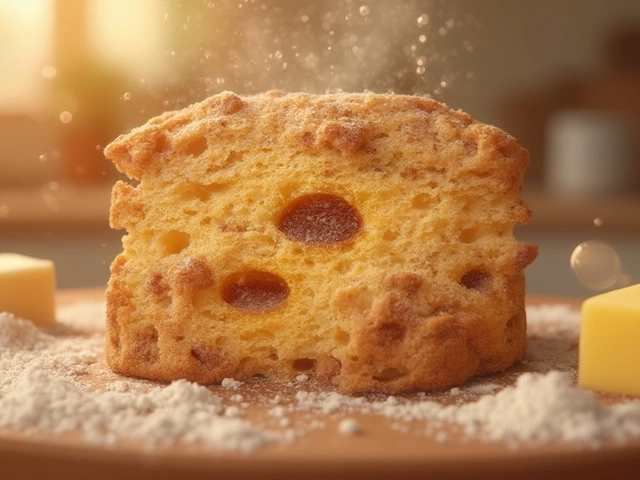Macaron Shells – Your Quick Guide to Perfect Crispy Shells
If you’ve ever tried a macaron and ended up with a flat, cracked, or chewy shell, you’re not alone. The delicate outer layer is the trickiest part, but with a few solid habits you can get that glossy, smooth finish every time. Below are the steps that work for beginners and seasoned bakers alike.
Essential Ingredients and Tools
First, stick to the basics: almond flour, powdered sugar, egg whites, and granulated sugar. Anything else is a shortcut that usually backfires. Use a kitchen scale for all ingredients – even a gram off can throw the whole batch. A silicone or parchment‑lined tray helps the shells rise without sticking, and a clean, dry mixing bowl makes sure your meringue forms properly.
Step‑by‑Step: From Whisk to Oven
1. **Sift almond flour and powdered sugar together** at least twice. This removes lumps that cause cracks. 2. **Whisk egg whites** until they become frothy, then add a pinch of cream‑of‑tartar. 3. Slowly pour in granulated sugar while whisking on medium speed. Keep going until you reach stiff, glossy peaks – the meringue should stand up straight when the whisk is lifted. 4. Gently fold the dry mixture into the meringue. Use a spatula and a gentle motion; you want a ‘ribbon’ consistency that slowly disappears back into the batter.
Once your batter is ready, pipe 1‑inch circles onto the tray, leaving a tiny gap between each. Tap the tray lightly on the counter to release any air bubbles, then let the shells rest for 30‑60 minutes. They should form a slight skin – you can touch the top lightly without it sticking to your finger. This rest period is key; skip it and you’ll lose the “feet” that give macarons their signature rise.
Preheat the oven to 150°C (300°F). Bake for 12‑15 minutes – not longer. Opening the door too early can cause a sudden temperature drop, making the shells collapse. When they’re done, the tops will be firm and the edges will have a gentle shine. Let them cool completely before removing from the tray.
**Storage tip:** Keep shells in an airtight container at room temperature for up to 3 days. If you need to store longer, freeze them in a single layer, then transfer to a zip‑bag. They’ll stay fresh for a month and still snap nicely when you bite into them.
**Buying shells?** If you’re short on time or want to compare costs, know that macaron prices in France vary by bakery and size. A dozen classic shells can run anywhere from €8 to €20. Buying in bulk or from a reputable shop can save you a few euros without compromising quality.
Finally, remember that practice beats perfection. The first batch might be uneven, but each attempt teaches you how your kitchen’s humidity and oven behave. Keep notes, adjust resting time, and soon you’ll have a stash of flawless shells ready for any filling – buttercream, ganache, or jam.

Why Do Macarons Crack? The Science Behind Those Pesky Shells
Cracked macarons can ruin even the most careful baker's day. This article explains exactly why macarons crack during baking, with details about common mistakes and the science behind them. You'll discover practical tips to avoid mistakes like overmixing, wrong oven temperature, or using the wrong meringue method. Get specific advice to help your macarons come out of the oven with smooth, flawless shells. Real kitchen-tested fixes, backed by hands-on experience, make this guide extra practical.
View More




